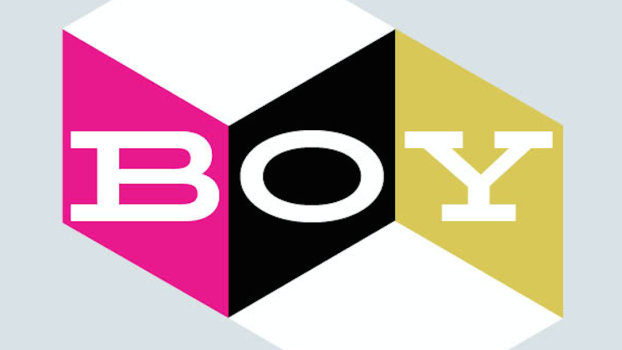End the marriage with short-termism and bring back long-term objectives. That was the plea from Peter Field at the Canadian Media Directors Council’s (CMDC) recent 20/20 Vision conference.
Field (pictured above) co-authors the Institute of Practitioners in Advertising’s (IPA) brand case study reports as part of its annual award programs. His presentation at the CMDC’s annual gathering gave a bird’s eye view of campaign results in the U.K. that he said warned against the dangers of “short-termism” – a reliance on objectives that perform best on a six-month cycle but often come at the expense of more long-term growth.
While specific brands and campaigns are omitted, his presentation slides condense data from more than 500 case studies submitted since 2006. They show a distinct increase in short-term planning and proof of the benefits in keeping things long-term focused.
Related
The case against short-termism in creativity
He does offer a solution on navigating the short-term/long-term investment split. “Our research has always shown that, for greatest effectiveness, marketers need to balance these two types of advertising, with around 60% of budget spent on long-term advertising,” Field told strategy. “What has happened in recent years is that the proportion of budget spent on the long term has fallen markedly to around 50% on average – this has quite a damaging impact on effectiveness.”




























